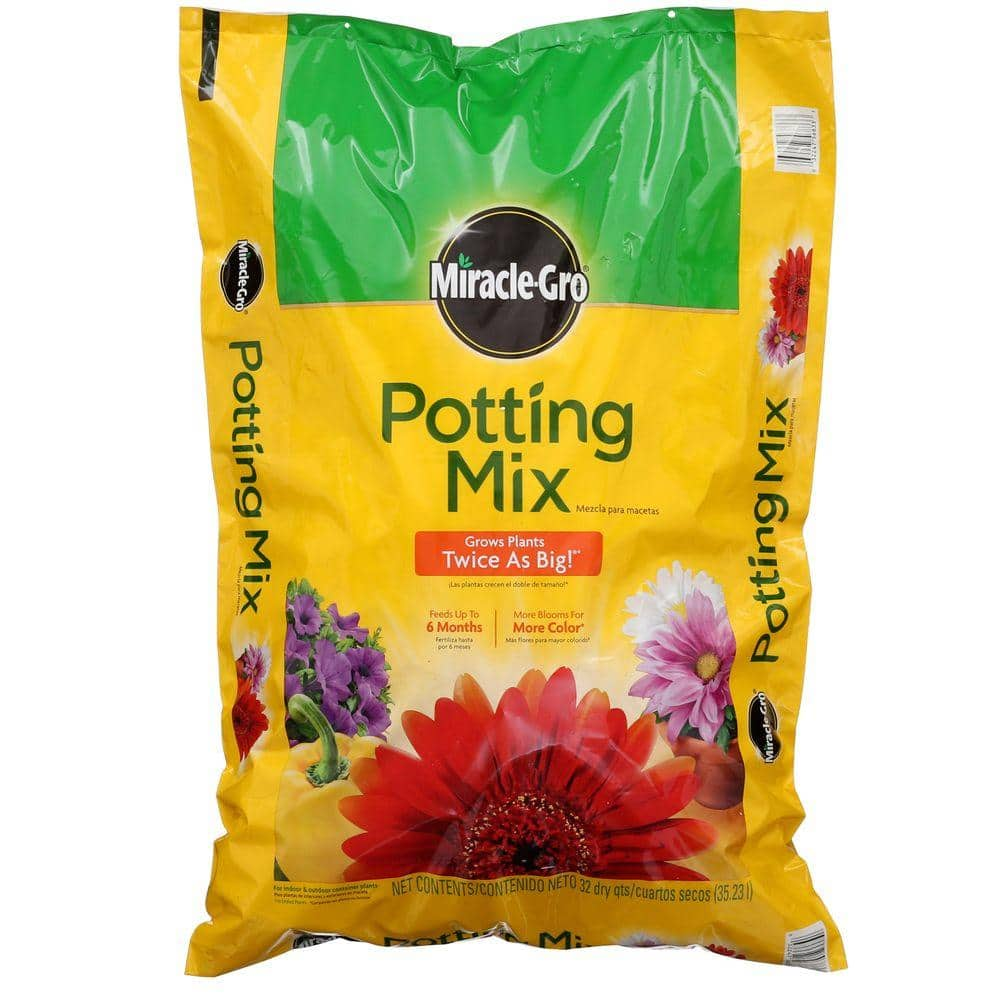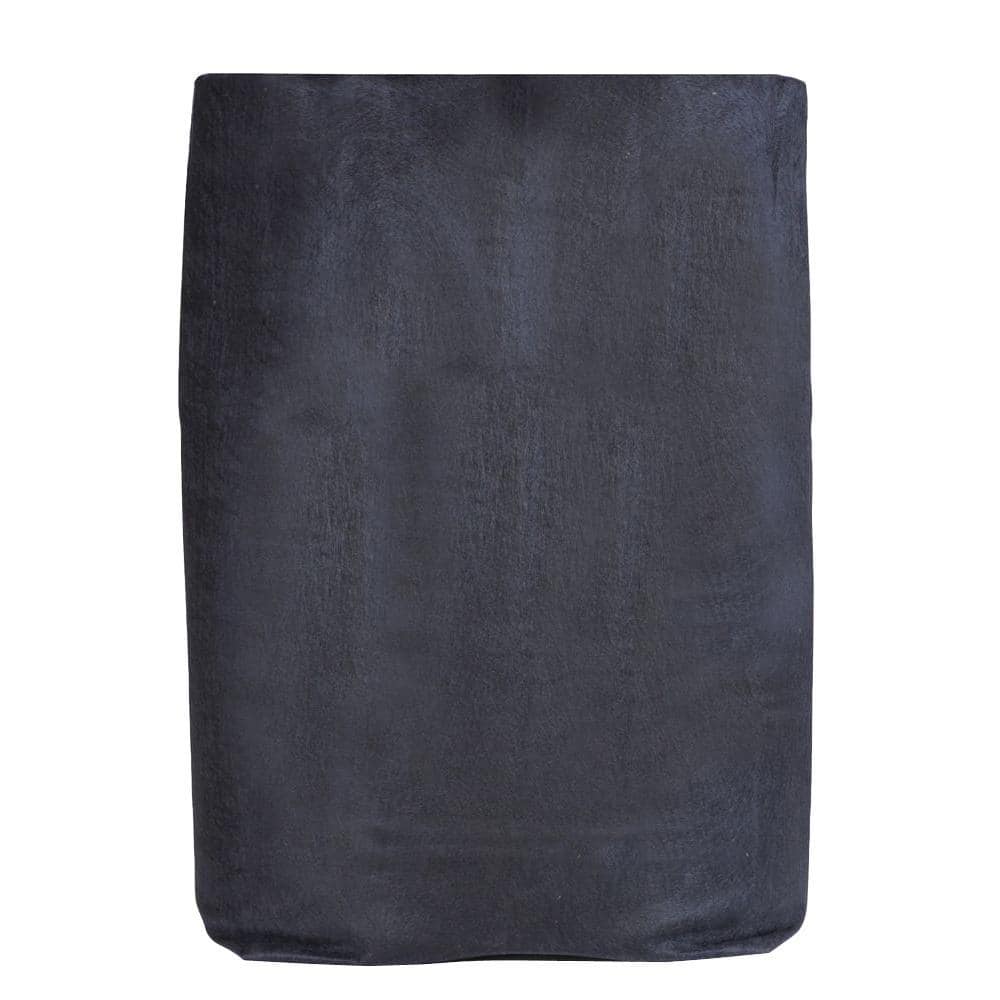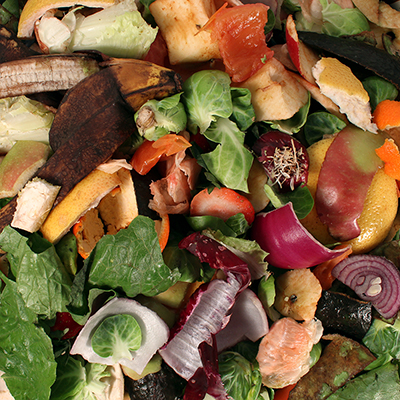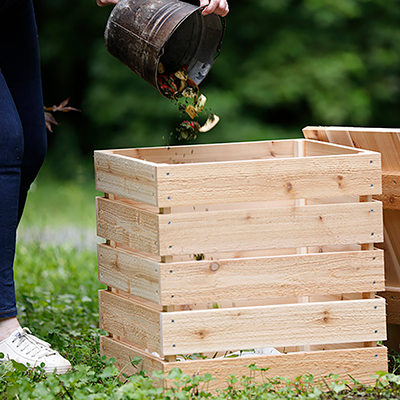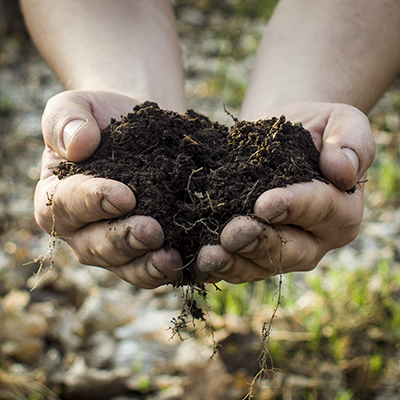How to Compost in Winter

Published December 7, 2023
Composting garden waste is a good way to recycle spent plant material and create a healthy amendment for your garden soil. Although it’s most efficient in warm weather, composting can be done year-round.
Composting doesn’t have to end when temperatures plummet in winter. You can still compost, although the decomposing process slows down. Composting in winter is not just for hardcore gardeners.
Learn how to compost in cold weather with these tips.
Table of Contents
Start with a Sunny Location
Compost Ingredients
Insulation for Compost Piles
Maintaining a Compost Pile
Start with a Sunny Location

Harness the sun's power by locating your compost pile in a full sun location. The ideal spot will be sheltered from chilling winds and protected from curious critters.
You can create a compost pile or use a composter. You can even use a cold frame to compost. While it may not produce enough compost for your entire vegetable garden, it will supply enough for a few containers.
To use a cold frame for compost: Mix kitchen scraps, hay (like alfalfa), and some hot nitrogen like poultry droppings, put it in the cold frame and keep snow brushed off the top of the glass. Use a garden fork to turn the compost throughout the cold weather.
Tip: Be sure your brown material (the hay or leaves) is the predominant ingredient for the best compost texture.
Compost Ingredients

Build up heat in your compost pile by increasing the greens in your green/brown ratio. Greens are nitrogen-rich inputs like kitchen scraps and coffee grounds. Browns are carbon-rich inputs like shredded, dried leaves.
Another way to increase the heat in your compost pile to add organic chicken litter, or manure, to the pile.
Insulation for Compost Piles

Hold the heat in the compost pile with hay bales. Buy some straw bales and use them as insulation around your compost pile. If you want a large pile, plan on 20 straw bales stacked in a brick pattern up to about 4 feet high with the inside of the square approximately 5 feet x 5 feet. All of your compost materials go inside, with a large piece of plywood over the top to keep the snow out.
When spring arrives, the material at the bottom of the pile will be composted. Reuse the partially decomposed straw bales as brown material in your next compost pile.
Instead of straw bales, you can wrap blankets around the composter. Old carpet will work, too, although that’s not the most attractive option.
Tip: A kind of raised garden bed called a keyhole garden features built-in compost baskets surrounded by insulating soil.
Maintaining a Compost Pile

Turn the pile frequently to generate heat. On the coldest days, however, you may decide to let the heat stay in the pile rather than risk more heat escaping through turning.
Compost piles need moisture to actively decompose plant material. Water from rain or snow may be too much moisture for an effective compost pile. Try covering your compost pile with a tarp or lid to keep out excess moisture. Secure coverings to keep out nosy pets.
No matter what the outside temperature is, your compost pile is likely warmer. Use a compost thermometer to monitor the activity in your compost pile. Decomposition happens rapidly in temperatures ranging from 90 to 140 degrees Fahrenheit. Compost is considered finished at 70 degrees.
Composting in winter is slower than in spring and summer but be patient and let the compost pile do the work. In spring, add finished compost to garden beds, or mix with potting soil for your container gardens.
Ready to order your compost bin or tools? The Home Depot delivers online orders where and when you need them.




